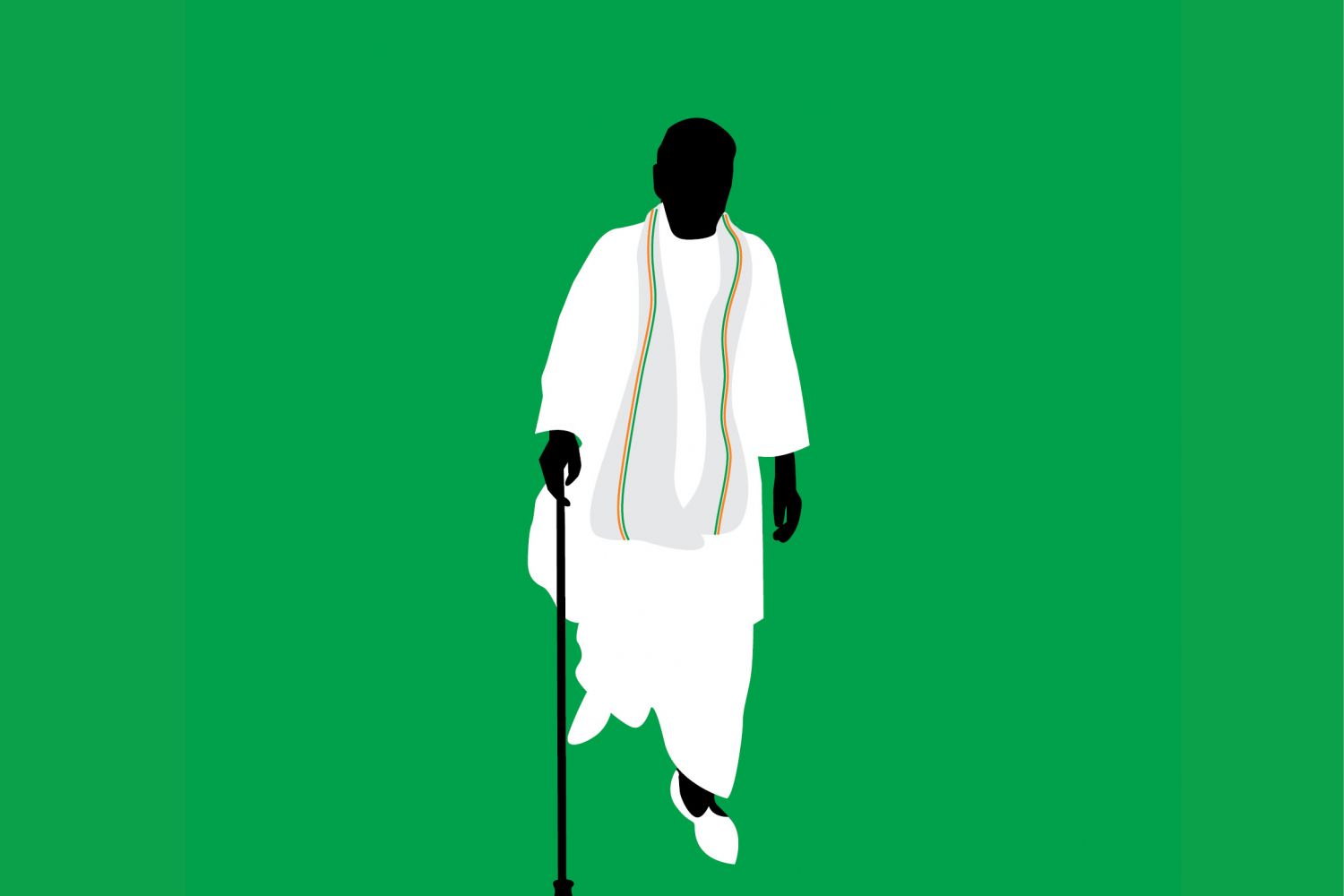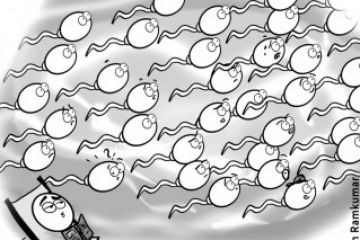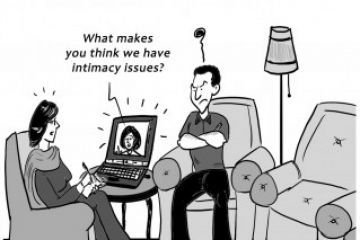
In June 2019, JP Nadda was named working president of the BJP. His appointment came in the aftermath of a BJP landslide in last year’s Lok Sabha election that saw its president Amit Shah become home minister in the new government. A fortnight later, Rahul Gandhi resigned as Congress president following its catastrophic performance in the same election. In mid-August, the party got a new interim president in the person of Sonia Gandhi, his predecessor and its longest serving president (1998-2017





